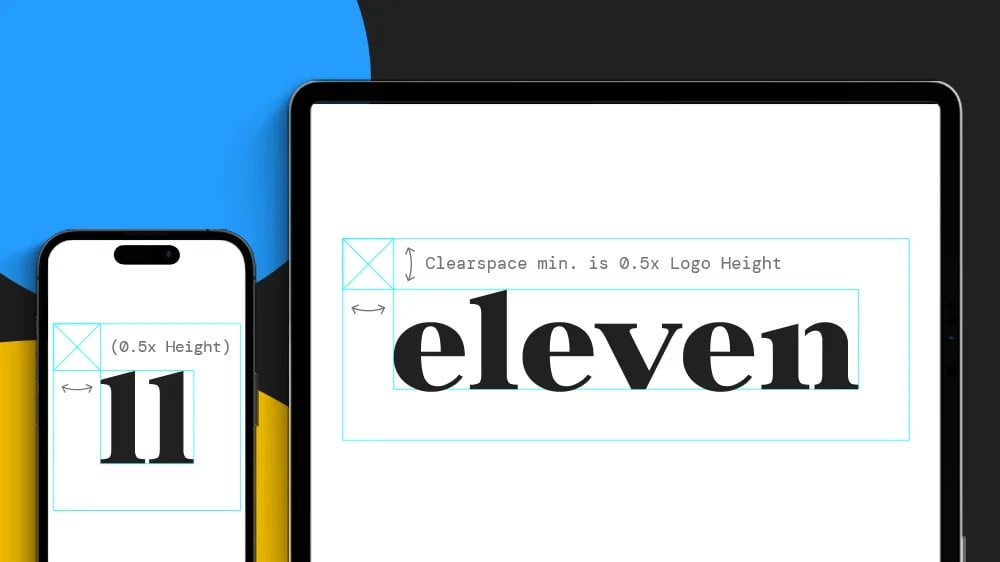What is a customer persona?
A customer persona is a semi-fictional character who represents a key segment of your target audience. They are based on a combination of different things, including existing audience data, web analytics, desktop research and audience workshops.
Personas are useful as they can help you to understand what your prospective customers are thinking and reveal insight about their decision-making process. And really knowing who your different personas are is integral to successful content creation, product or service development, marketing activity, and essentially everything that relates to acquiring and retaining your customers.
How to create a customer persona
When creating your personas, start by looking through your existing customer and sales data and segment it into groups. These segments can be based on a variety of things, such as organisation type or size for example.
Data capture forms for your website are also a very useful tool for segmenting your audience data. When creating data-capture forms, you should include fields that will help you to capture relevant information about your customers to segment them. So if you’re choosing to segment them by things like organisation type or project budget, these are fields that you should include.
Desktop research also plays a key role in persona development, so don’t forget to dedicate some time to finding out what you can about your target demographic online. We find tools like Google Trends and AnswerThePublic particularly useful.
And finally, conducting audience workshops with existing and prospective customers is the most valuable component to creating audience personas. This process will help you determine their needs, wants and motivations by asking the right questions first-hand. Good questions to ask include:
- What do you like about our product/service or brand?
- What do you dislike about it?
- What would motivate you to use our product/service?
Once you’re armed with all this useful research and information, you can begin to populate your customer persona profile. Your customer persona profiles should include the following:
- Representative demographics (like age, job title, behavioural traits)
- Which audience segment they belong to
- Their motivations and goals
- Their pain points
- Their skills/capabilities
There are many tools online for populating your customer persona profiles. We find this UXPressia tool particularly useful.
Tips for using customer personas
Customer personas have a variety of different uses across many areas of your organisation.
One particularly useful thing they can be used for is customising your marketing experiences. For example, you can use personas to segment your email marketing or social activity. Or to help you determine which channels are the most appropriate for each audience type - helping you to maximise the best use of your available budget.
You can also use customer personas to help guide behaviour change campaigns. This is because personas will reveal how your audience is currently behaving, and therefore help you to determine how best to influence a change.
Personas can also help you to craft your sales messages, as they can help equip your sales team with the right questions to ask different types of leads during the sales process.
Defining your customer personas will help you to understand your target audience on a deeper level and equip the rest of your team with targeting, converting and supporting your customers. In the long run, this will help you improve your overall reach, increase your conversions and boost retention.
If you’re looking for further support with creating and using your customer personas, get in touch.
Originally published:
October 14, 2021
Updated:
August 14, 2023





